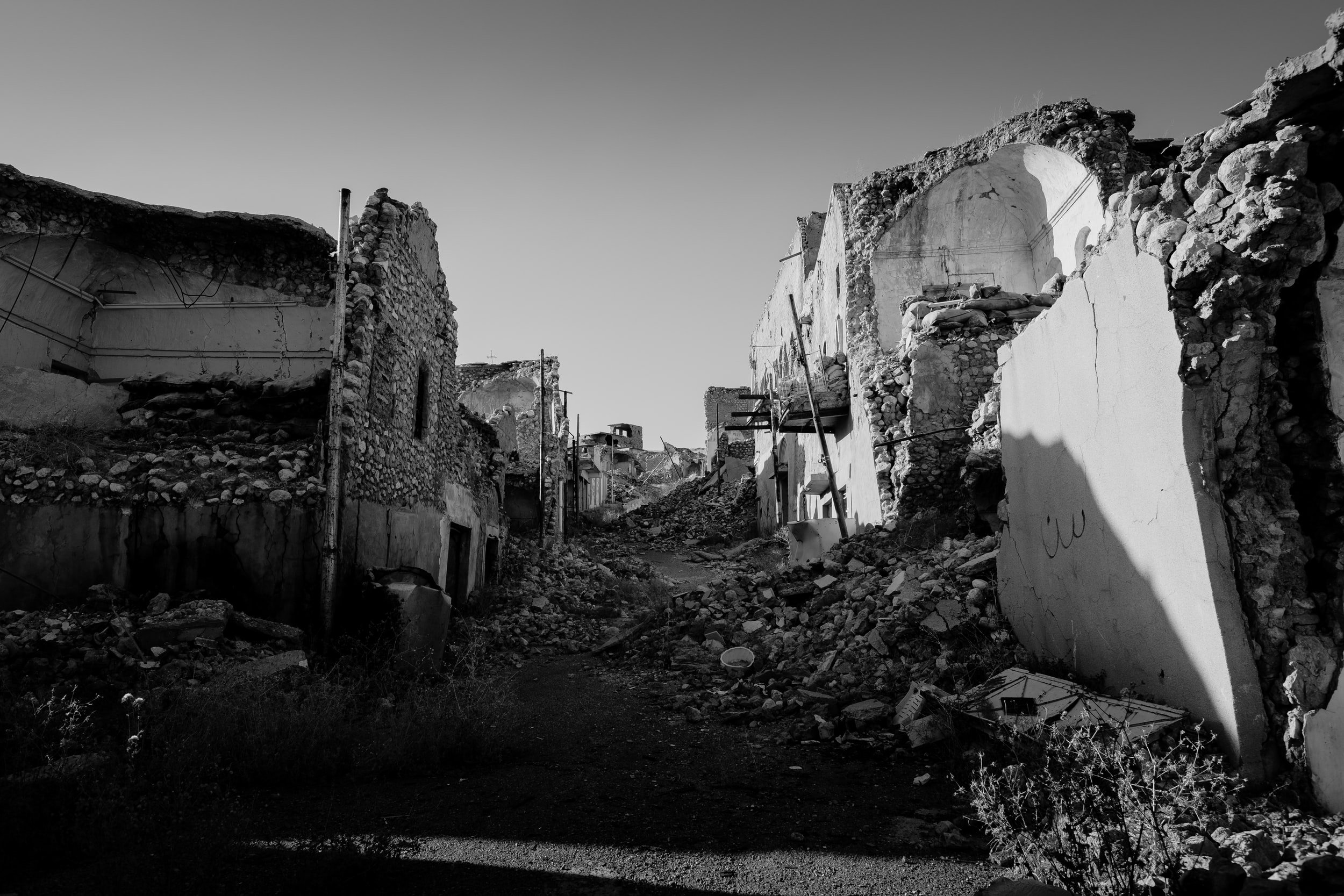An Overview of ISIS-K
In losing its leader, along with all physical territory in the Levant in 2019, it had been widely assumed that ISIS had been dealt blows from which it could not recover. But after the death of 13 US servicemen, along with over 170 civilians in Kabul during America’s withdrawal, it seems that the Islamic State continues to be a relevant actor on the international stage.
However, the group which orchestrated the August 26th Kabul bombings are not technically members of the same Islamic State formerly located in the arab heartland. Instead, the perpetrators are members of a loose affiliate, which styles itself ‘The Islamic State - Khorasan Province,’ (or ISIS-K). Khorasan, meaning ‘Land of the Sun’ was a territory administered by the Umayyad Caliphate in the 700s, an area that roughly encompasses Afghanistan, Pakistan, the Central Asian Steppe, and Northern India- all of which the group lays claim to. Most of its operatives are ethnic Pasthun from Northwestern Pakistan and Southern Afghanistan- a geographical area colloquially known as the ‘Tribal Areas’- which, not coincidentally, is a power base for the Taliban. Indeed, the genesis of ISIS-K can be traced back to October 2014, when estranged members of the Taliban broke away from the organization following the Islamic State’s proclamation of a caliphate- as the Taliban refused to pledge allegiance to Abu Bakr Al-Baghdadi (now former leader of the Islamic State).
Hafiz Saeed Khan and Abdul Rauf Khadim formed the nucleus of ISIS-K following their schism with the Taliban. Both were seasoned jihadists who brought in hardened fighters, along with ample networks and resources. After pledging an oath of allegiance to Baghdadi, Khan was appointed ‘Prince’ of the Khorasan Province, with Khadim serving as his deputy. The central command in Iraq and Syria invested as much as several hundred thousand dollars in the initial building of ISIS-K.
ISIS-K views not only the United States, but also the Taliban and Al-Qaeda as its adversaries. It argues that the Taliban- in its nationalist inclinations and willingness to negotiate with the United States- is an apostate regime, not helped by its refusal to pledge allegiance to the now deceased Baghdadi. Meanwhile, both the Taliban and Al-Qaeda view ISIS-K as uncompromising schismers, whose unrealistic political objectives derail the fight against the United States.
Prior to the Kabul airport attack, ISIS-K had been experiencing a series of strategic setbacks Hafiz Khan and his three subsequent successors were killed in American airstrikes from 2016 to 2018, and the destruction of the Islamic State in the Levant has led to shortages in financial resources. The sectarian and hardline attitude of ISIS-K has not helped either, as potential sources of support in population centers in Afghanistan and Pakistan have turned against the group following a series of indiscriminate terror attacks. But as of today, it has begun to show signs of regeneration.
Though the Taliban has been at war with ISIS-K since 2015, assassinations and bombings have reached a nearly daily basis- especially in Afghanistan’s eastern Nangarn Province. One of the most deadly of these attacks has been as recent as November 3, when dozens of people were killed in an attack on a military hospital in Kabul. The Taliban insists that it has ISIS-K on the run, but the frequency of these attacks across the country suggest otherwise.
The main objective of ISIS-K is the establishment of a state which encompasses the area of ‘Khorasan’. Though this is impossible, it has demonstrated a remarkable resilience in surviving, and in fact regenerating, in the face of both the United States and the Taliban. It may never succeed in its ultimate goals, but it also may never go away. Meaning, without a concerted international effort, more and more people will perish in future attacks.
Links to Sources

